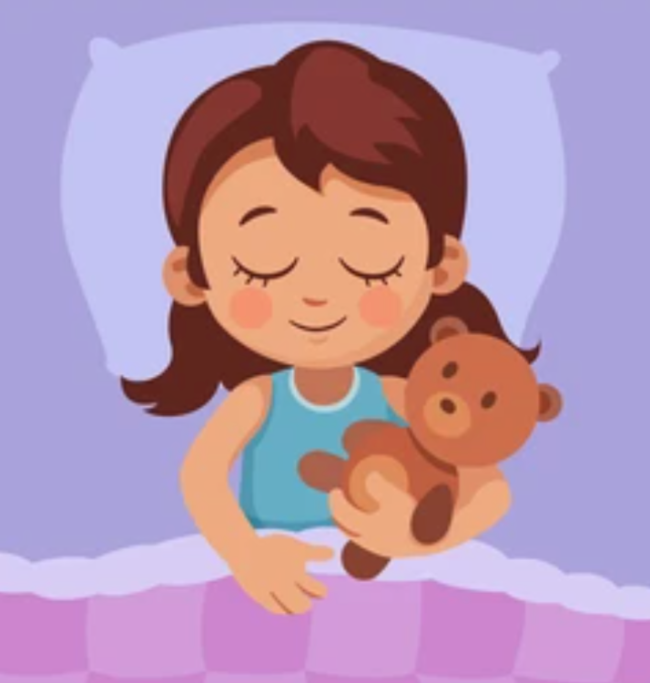This summer, I volunteered as a teacher’s assistant at a preschool for children aged 2 to 4. For five weeks, my mornings began with circle time and singing, followed by arts and crafts, reading stories and playing in Central Park.
Every afternoon from 1 to 3pm, the children at the preschool would lie down and settle in for naptime. Naptime was a crucial part of their routine, allowing them to rest after hours of learning and running around. I noticed that after the kids had slept, they would be more calm, focused and ready for the next activity. So, why is napping so important? According to WebMD, classroom naptime provides many benefits for preschoolers. Taking naps improves memory, mood and learning. It gives kids energy for the second half of the day and helps them stay strong and healthy. Preschool children need 11-13 hours of sleep a day, and taking naps helps contribute to sufficient sleep, supporting their immune systems and allowing them to properly grow (Marquez, 2023).
Many preparations were made to ensure the students slept well at the preschool this summer. We turned on instrumental music and arranged thick mats around the classroom, each layered with bedsheets. Stuffed animals, fluffy blankets and footed onesies accompanied the children to their sleeping mats. Those without a sleeping toy usually turned to one of two comfort options: a babydoll from the classroom crib, or, their thumb. Overseeing naptime came with its usual challenges, such as wide-awake children, outbursts of singing and bathroom and water needs. While some kids slept so deeply they couldn’t have been woken if their sleeping mats were removed from under them, others refused to lie down during the two-hour period.
Watching the children sleep reminded me of my own naptime experience at Ethical Culture. I remembered how the lights would dim as each student stretched out on a beach towel. When I was in kindergarten, I usually spent naptime playing with my friends whose towels were next to mine. We would make up stories with our stuffed animals, steal pipe cleaners from the nearby shelf and secretly watch our teacher as she sat in the corner typing away at her computer. And every time, there would be a kid still pretending to be fast asleep once naptime had been long over.
I found that remembering my time in preschool and kindergarten helped me to become more compassionate as an assistant in the classroom. Although each day was not without its challenges, I loved spending time with the children and watching them grow. Setting aside a few hours for napping allowed the kids to recharge, get ready for afternoon activities and remain energized by the end of the day. And maybe naptime isn’t just for toddlers—I have seen many Fieldston students sound asleep on the bus, in the library and on various couches throughout the school.









